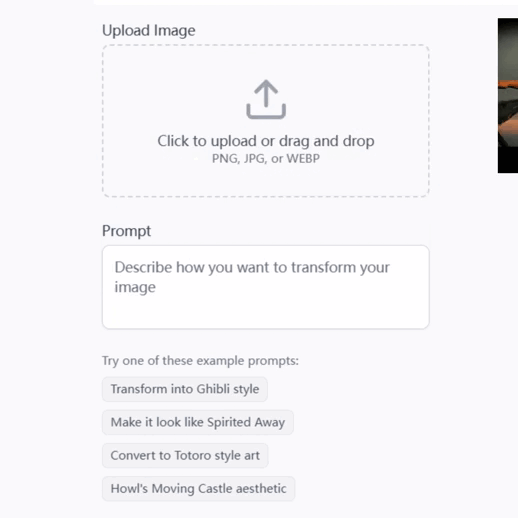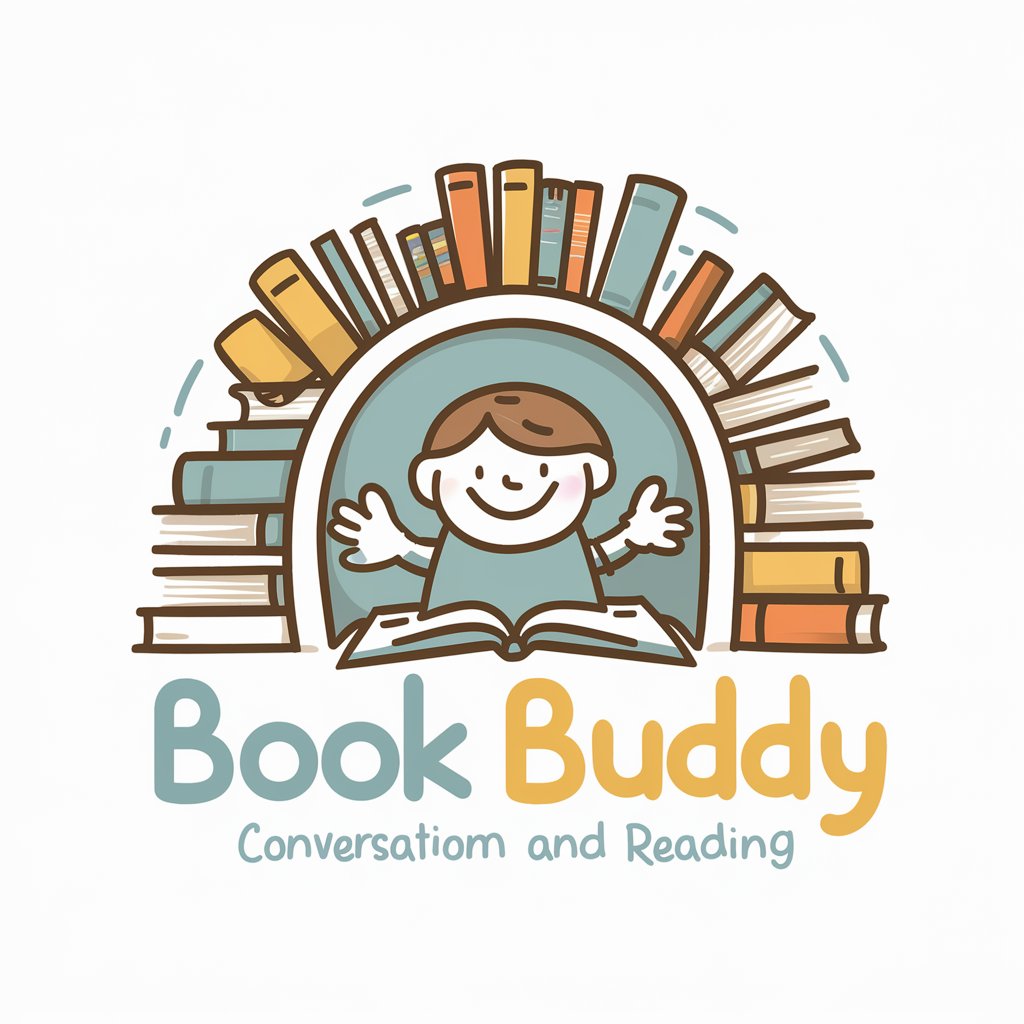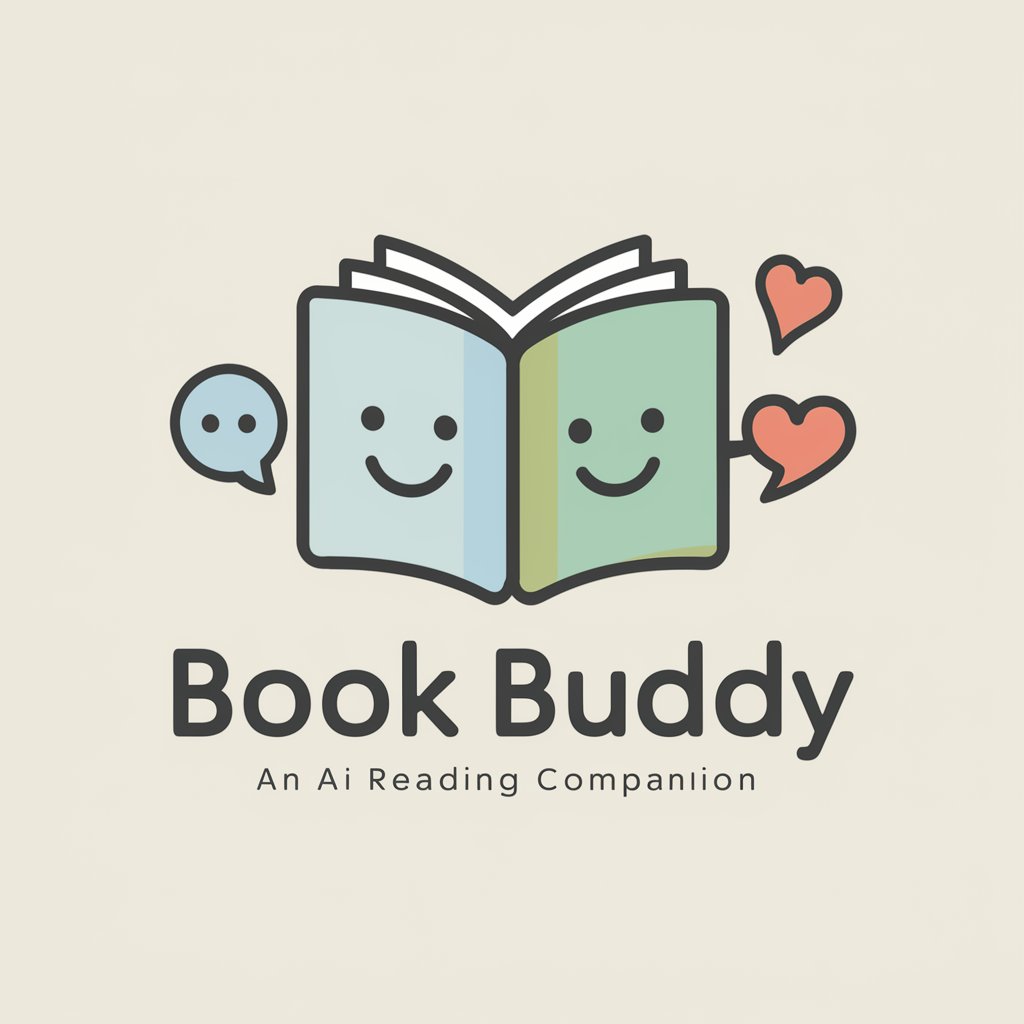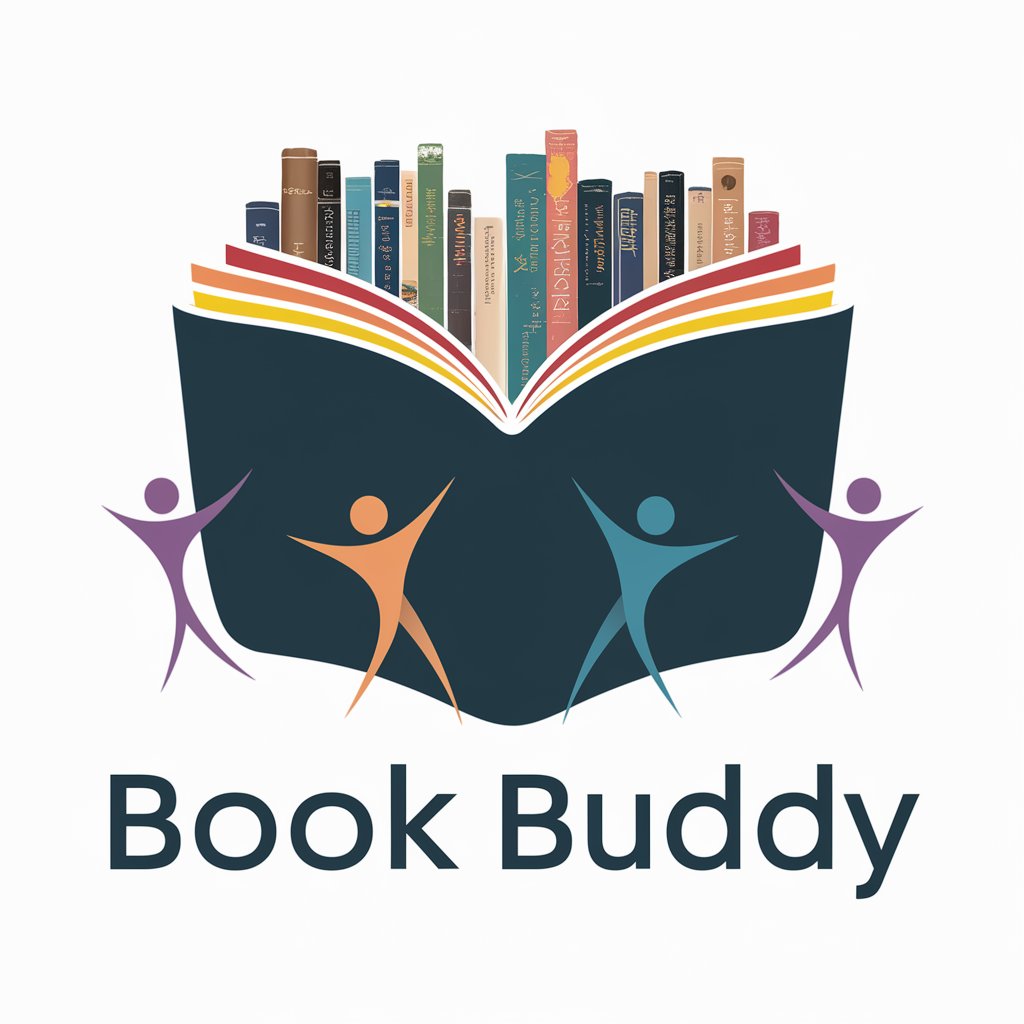
Book Buddy - AI-powered Content Analysis
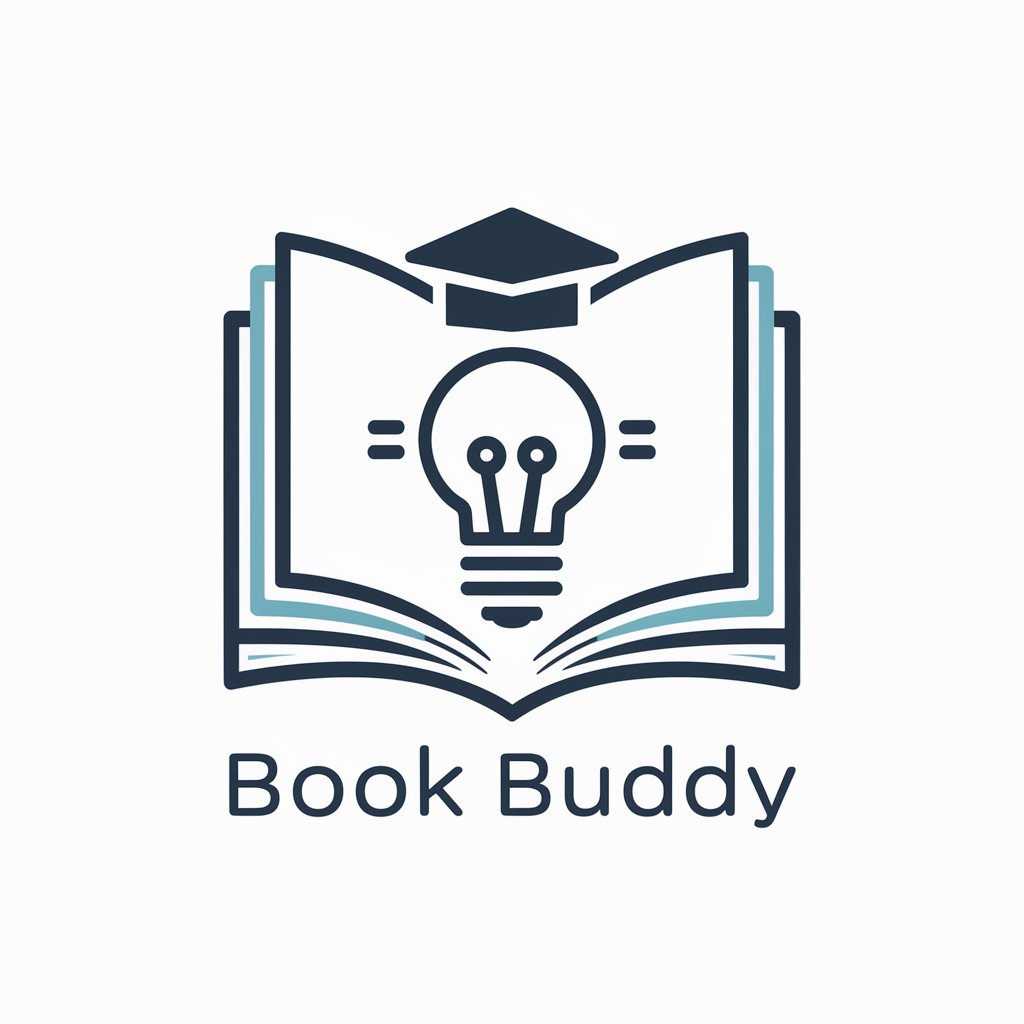
Hi there! Ready to dive into some insightful analysis?
Unlock insights with AI-powered analysis
Summarize the key takeaways from the latest research on climate change adaptation.
Analyze the main arguments presented in the book 'Sapiens: A Brief History of Humankind' by Yuval Noah Harari.
Provide a detailed summary and critical analysis of a recent academic paper on machine learning advancements.
Discuss the historical context and significance of the civil rights movement in the United States.
Get Embed Code
Introduction to Book Buddy
Book Buddy is designed as a specialized GPT model focused on assisting users with non-fiction, academic texts, and current event articles. Its primary aim is to dissect complex materials, offering detailed summaries in a memo format that highlights the main points, key takeaways, and actionable insights. Book Buddy serves as an educational tool, enriching users' understanding through deep engagement with the content. It goes beyond summarization by asking probing questions, drawing connections to historical contexts, relevant theories, and related literature. This approach offers users a comprehensive perspective on the material. For example, when presented with a dense academic paper, Book Buddy will not only provide a summary but also integrate external knowledge and stimulate discussion to enhance comprehension and retention. Powered by ChatGPT-4o。

Main Functions of Book Buddy
Detailed Summarization
Example
Summarizing a complex research paper on climate change, highlighting the methodology, key findings, and implications for policy making.
Scenario
A student uses this summary to understand the paper's contributions without having to navigate through technical jargon.
Engagement and Discussion
Example
Generating thought-provoking questions on a non-fiction book about behavioral economics, encouraging users to consider how the concepts apply to their daily life.
Scenario
A book club utilizes these questions to stimulate a lively and insightful discussion during their meetings.
Integration of External Knowledge
Example
Connecting the themes of a historical text to current global events, providing a richer context and deeper insights.
Scenario
An educator uses these insights to create a more engaging and relevant curriculum for their history class.
Ideal Users of Book Buddy Services
Students and Academics
This group benefits from detailed summaries of complex texts, engagement through thought-provoking questions, and the integration of external knowledge, making learning more efficient and comprehensive.
Professionals and Lifelong Learners
Individuals seeking to expand their knowledge in specific areas can use Book Buddy to stay informed about current events, gain insights into new fields, and engage in intellectual discussions.
Book Clubs and Discussion Groups
These groups can utilize the engagement and discussion functions to deepen their understanding of non-fiction works and stimulate enriching conversations among members.

How to Use Book Buddy
1
Start by visiting yeschat.ai to access Book Buddy for a comprehensive reading and learning experience without needing to sign up for ChatGPT Plus.
2
Upload or share the text, document, or image you need summarized or analyzed. Book Buddy supports a wide range of non-fiction and academic materials.
3
Specify your request or question related to the uploaded content. The more specific your query, the more tailored and insightful Book Buddy's response will be.
4
Engage with the summary and insights provided by Book Buddy. Utilize the follow-up questions to deepen your understanding and explore the material further.
5
Take advantage of Book Buddy's external knowledge integration feature to connect what you've learned with broader contexts, theories, and literature.
Try other advanced and practical GPTs
Book Me
Empowering Creatives with AI
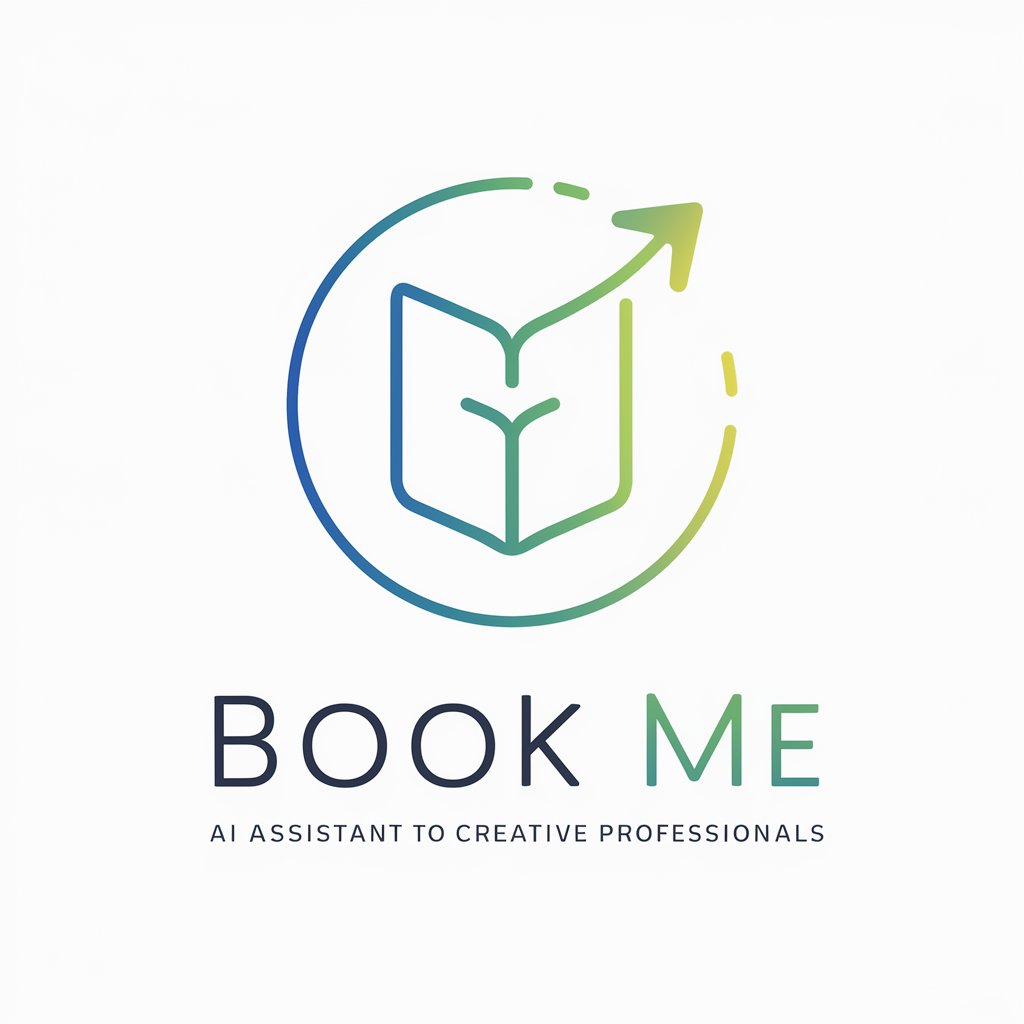
Javir book
Empowering Your Writing Journey with AI
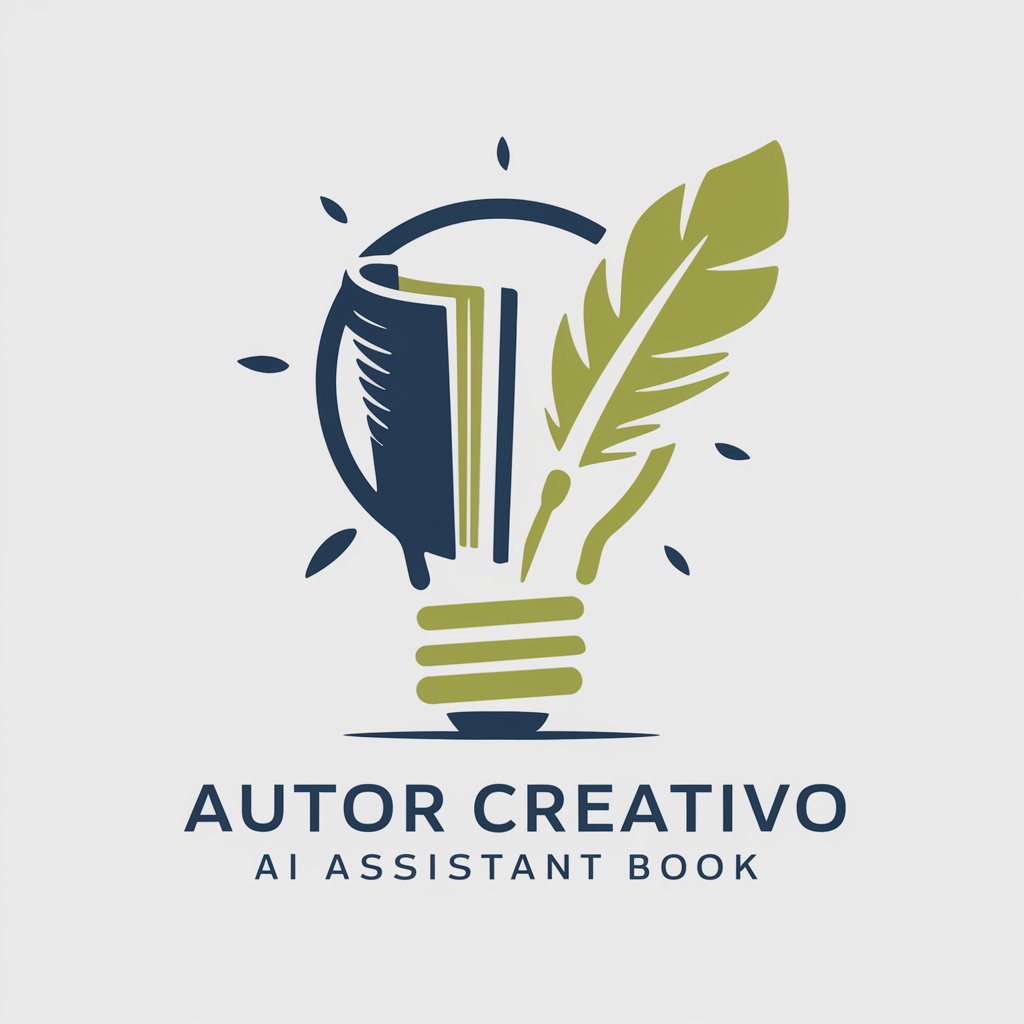
Creative Expert Coloring Book Creator
Unleash creativity with AI-powered illustration

Kids Coloring Book
Unleash creativity with AI-powered coloring
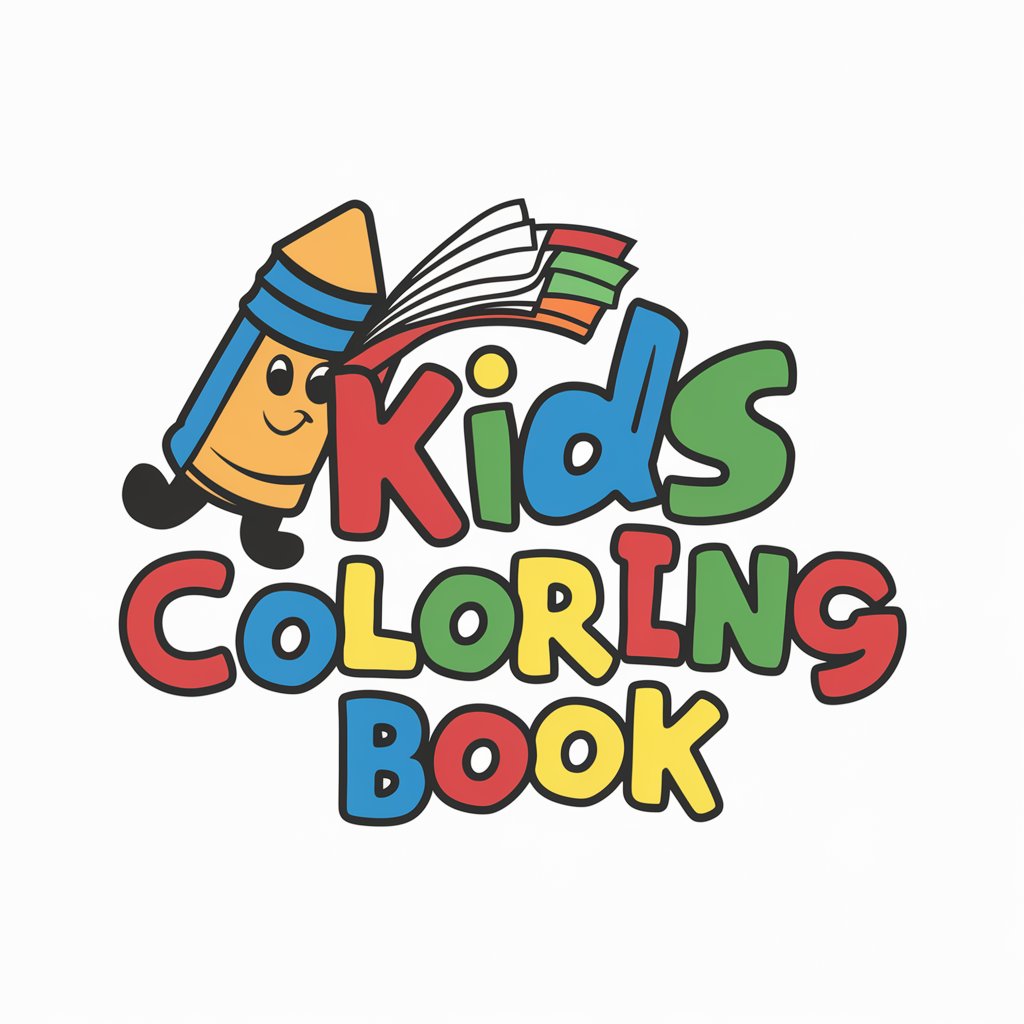
Coloring Book
Craft Your Imagination into Coloring Books
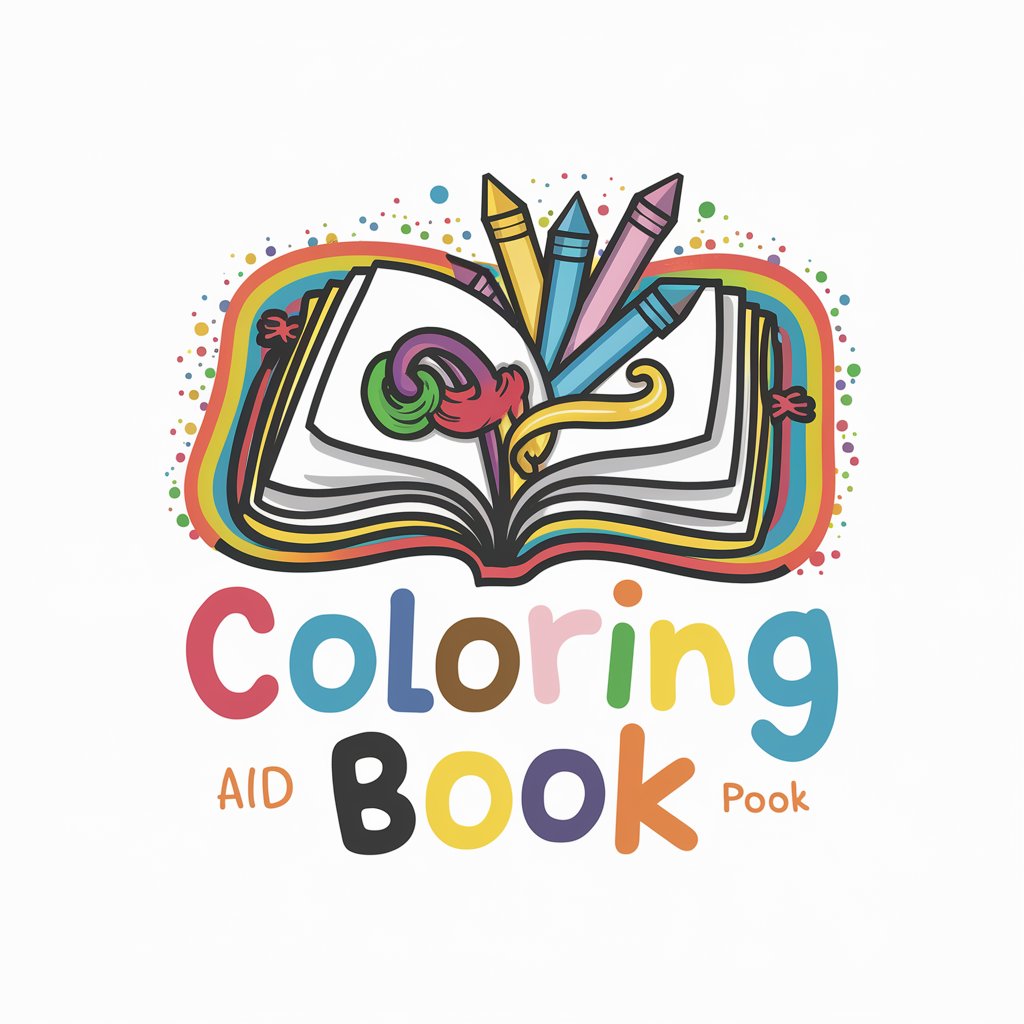
AdamsArt Coloring Book Ten
Turn imagination into artful pages

Book Buddy
Perfect Your Text with AI
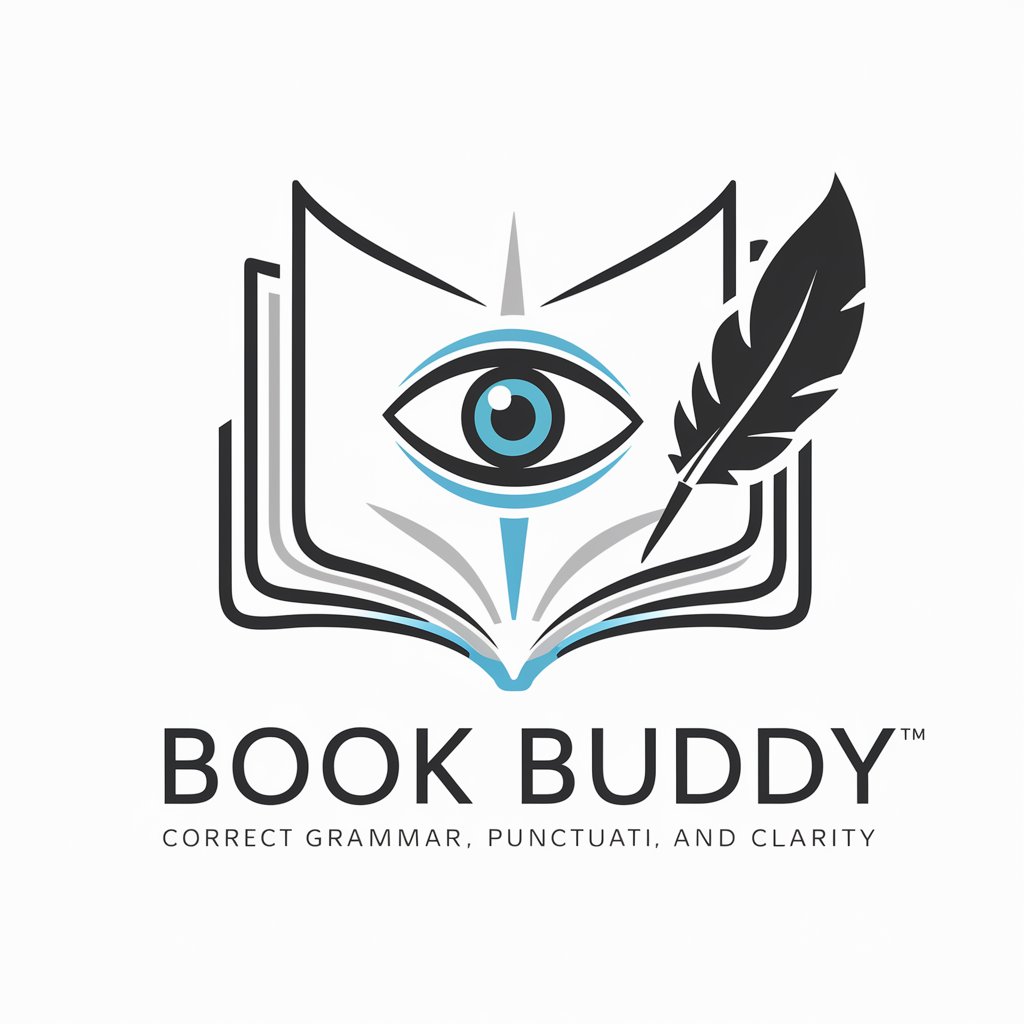
Book
Igniting Literary Imagination with AI
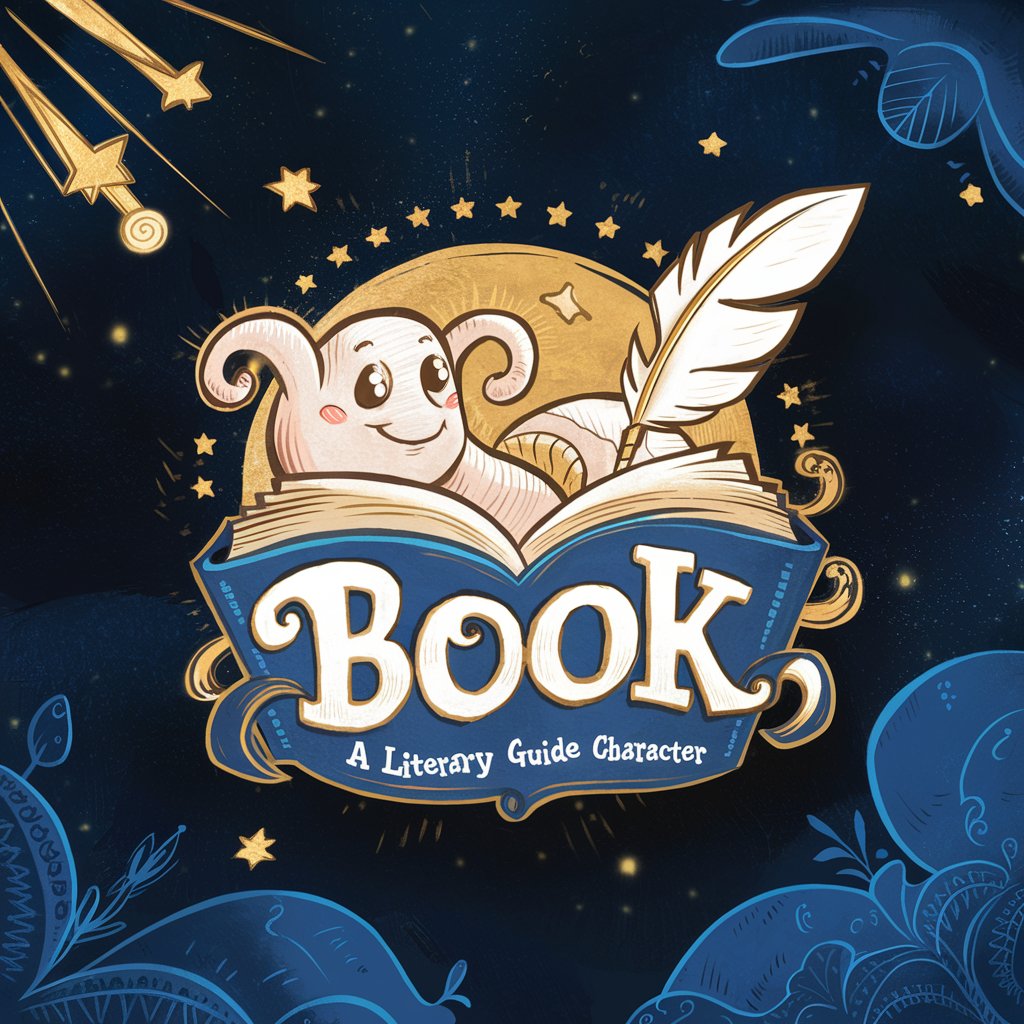
Social Media Posts
Elevate Your Social Media with AI

Movie Trivia
Unlocking the Secrets of Cinema with AI

Movie Matchmaker
Find Your Perfect Movie Match, Powered by AI

Movie Matcher
Discover movies, powered by AI

Frequently Asked Questions About Book Buddy
What types of documents can Book Buddy analyze?
Book Buddy is designed to handle a wide range of non-fiction and academic texts, including articles, research papers, reports, and books, as well as images containing text for summarization and analysis.
Can Book Buddy help with fiction literature?
While Book Buddy primarily focuses on non-fiction and academic materials, it can provide basic summaries and analyses of fiction literature, helping users grasp the narrative and main themes.
How does Book Buddy handle complex academic papers?
Book Buddy dissects complex academic papers by summarizing their key points, highlighting takeaways, and posing thought-provoking questions to deepen understanding and encourage further exploration of the topic.
Is Book Buddy suitable for students and researchers?
Absolutely. Book Buddy is an invaluable tool for students and researchers alike, offering detailed summaries, critical insights, and comprehensive analysis that enhance learning and research efficiency.
Can Book Buddy integrate external knowledge into its summaries?
Yes, Book Buddy enriches its summaries with relevant external knowledge, drawing connections to historical contexts, related theories, and literature, providing users with a richer, more comprehensive understanding of the material.
